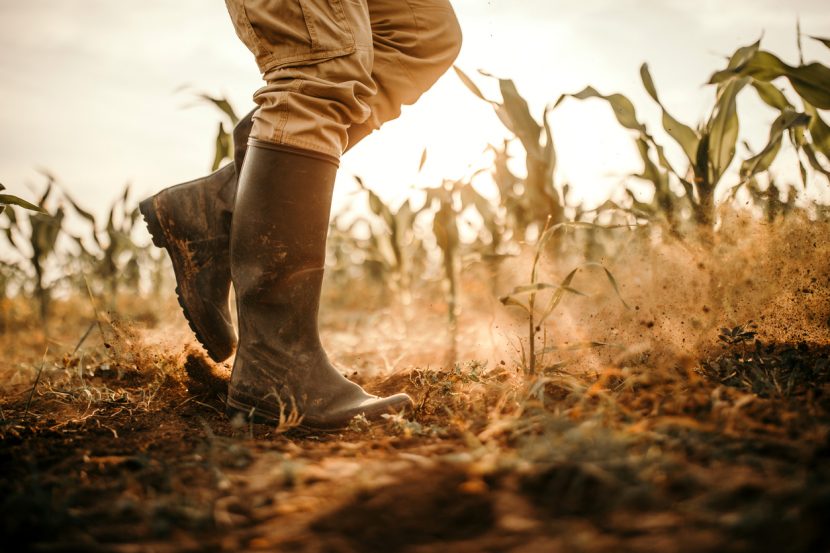The Best Crops to Grow in Your Survival Garden

Although it is important to know how to form a survival garden, it is equally important to know what to plant in it.
There is an extremely wide variety of different kinds of crops, but that doesn’t mean that each of those would represent a good choice.
Here is one piece of advice: no crop is the “single best crop” to plant. You’d be better off planting a number of different kinds of crops rather than just one or two.
To give you an idea of what your options are for a survival garden, we’ll go over some of the best examples of crops that you can plant and the pros and cons of each one.
Here are the best crops to grow in your survival garden, presented in alphabetical order:
Beans

First up is beans, which are well regarded as being a survival staple. There are many good reasons why beans are considered to be one of the best survival foods available. They are easy to grow and are very rich in vital nutrients such as vitamins and protein. Proteins are important for maintaining energy levels.
Furthermore, the actual beans themselves are highly versatile. You can dry and store them for long periods of time (beans have a shelf life of several years under proper storage conditions), or they can be picked and eaten straight away.
Last but not least, you can also use beans in a wide variety of different meals. All in all, the versatility, long shelf life, and rich nutritional power of beans makes them one of the very best crops to grow in your survival garden.
Cabbage

Another crop that has a high nutritional value and is also very easy to grow is cabbage. Cabbage is often cooked together with potatoes (more on this in a bit) or can be used to make soup, Sauerkraut (after being fermented), or consumed on its own.
In addition, the nutritional value of cabbage skyrockets after it has been fermented. Fermenting it will also increase its shelf life and be beneficial for your digestive system as well.
Carrots

Carrots are one of the best crops to store over the winter months. All you need is soil that is rather sandy and well-draining and you’ll be good to go. They should always be stored in a refrigerator or root cellar after being harvested.
While carrots cannot be considered a “staple” survival food, they still provide a wealth of nutrients and make a great addition as a side dish to many meals.
Corn

Corn is very easy to grow and can also be used for a wide variety of meals, including soups and breads. It’s especially nutritious when combined together with beans.
Take note that you shouldn’t grow sweetcorn for survival. Instead, grain corn would be a better choice and can be grown and dried from the stalk for harvesting later.
Herbs

There are many herbs you can grow – the most well-known of which include rosemary, basil, thyme, bay, oregano, and parsley. Most herbs will need to be grown during the warmer summer months, but they can be dried and stored for use over the winter.
To prepare herbs for consumption or other usages, simply cut them from the plants and rinse them under clean water. Hang them outside in the sun, and then store in glass jars in a cool and dim location.
One of the best things about herb plants is that they are perennial plants, so they will grow back each year and you can have a never-ending supply of them. Also, take note that while herbs are not a staple food by any means, they can add a lot of flavor to otherwise dull dishes.
Kale

Kale is very similar to cabbage and is another great survival crop to grow as it is also packed with vital nutrients.
It is also very hardy in cold conditions, so it can be grown in the late fall and possibly even in the early winter as long as you use a cold frame.
You can also add kale to virtually any other kind of meal – soup, chili, meat, bread, etc. All in all, kale is a great way to add healthy greens to your survival dishes.
Potatoes

Potatoes are rich in both carbs and protein, and they actually produce more carbs per square foot than any other vegetable.
Furthermore, potatoes can adapt well to a number of different conditions and can even withstand cold, heavy winds, and storms. In fact, in some instances, potatoes can grow easily without any irrigation.
Last but not least, potatoes also store very easily and can last for months if not years without any need for refrigeration.
Conclusion
These are far from the only crops that you can plant in your survival garden, but they are some of the best options available to you.
